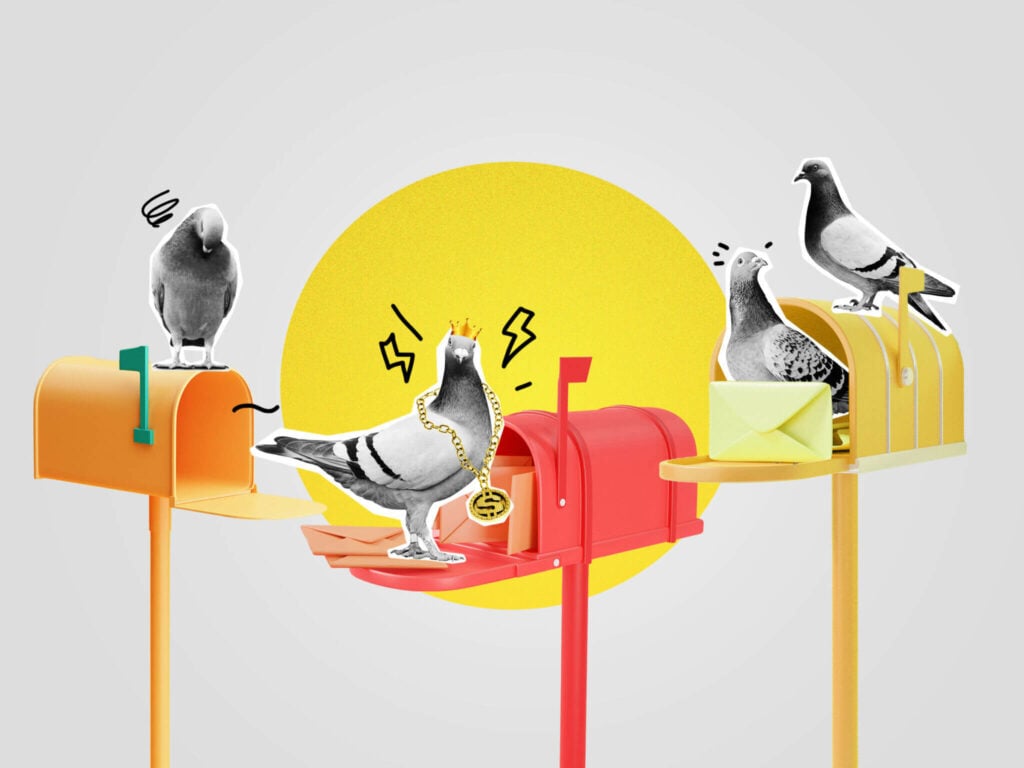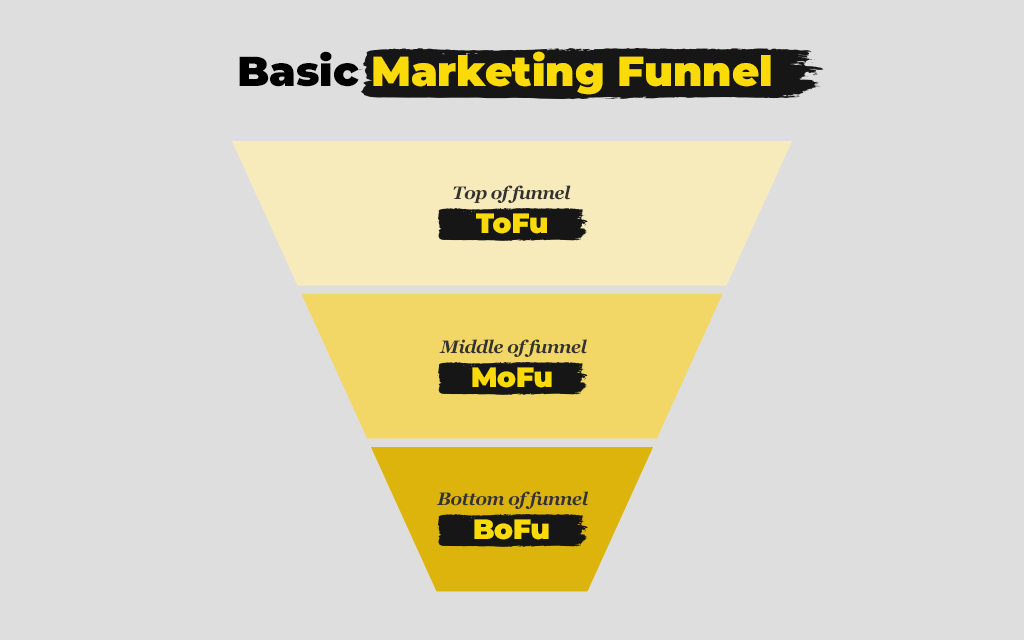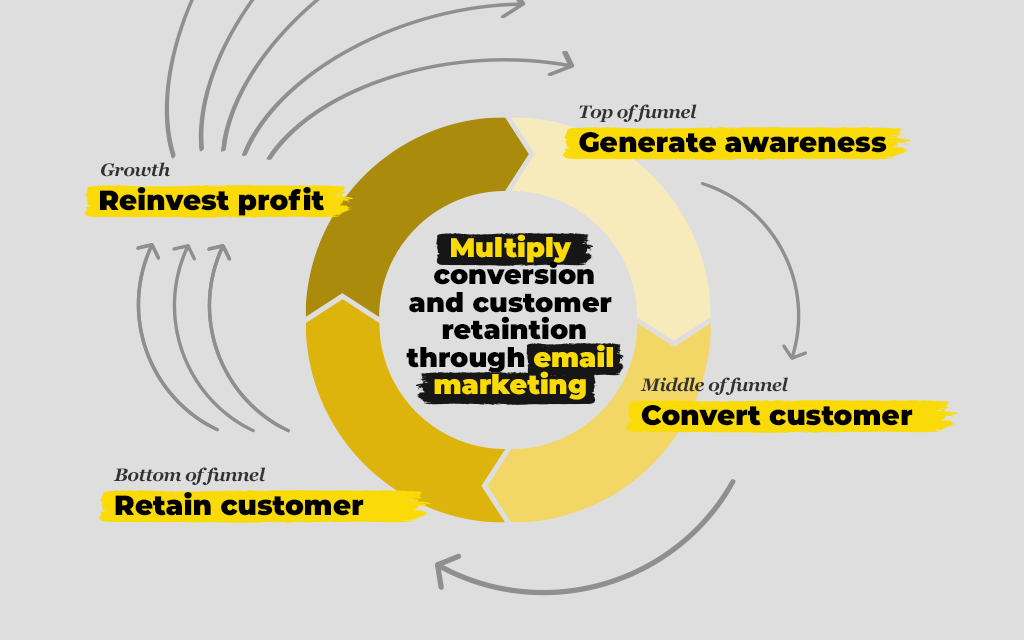Marketers often talk about getting more bang out of every dollar spent on advertising. The only way one can measure this for sure is to look at a campaign’s Return On Ad Spend or ROAS. Whether it’s expressed as a ratio or a percentage, ROAS provides an indication of how effective your ad campaigns are by showing you how much revenue was earned per dollar spent. The bigger the ROAS, the more effective the campaign.
In this third post in our Ad World series, we’re zooming in on how email marketing provides an efficient campaign platform that can increase your ROAS. We’ll take a quick look at the marketing funnel and flywheel, and how we can optimise emails for ROAS throughout the buyer’s journey. Ad World speaker Jess Chan identified the following pointers for boosting one’s Top-Of-Funnel (ToFu) ROAS as well as potential revenue by 200%.
Of course, ToFu ROAS is only the beginning. A wider look at the entire marketing funnel will provide an idea of how strategies can be developed by considering the entire funnel.
At the ToFu level, your campaign should focus on generating awareness for your product, while the Middle of Funnel (MoFu) focuses on getting conversions. It’s also at the MoFu level where we start thinking about increasing the Average Order Value (AOV).
Once we get to the Bottom of Funnel (BoFu), we’ll be directing our efforts towards increasing the Return Customer Rate and decreasing the Time Between Purchases.
BoFu is also when we focus on ways to extend Customer Lifetime Value (CLTV). Also known simply as ‘lifetime value’, CLTV predicts how much a customer will spend on a product, based on the relationship that a customer has with that product or brand.

Turning your funnel into a flywheel keeps potential customers coming, but using the flywheel model together with email marketing is a method you can use to turn one-time customers into repeat customers.
Let’s say at ToFu, you spend $10 on generating awareness for your product. Without email, you then spend twice that amount at the MoFu stage to convert customers. Say the customer spends $50, then walks out of your life forever at BoFu. To keep the flywheel turning, you reinvest your profits of $20 into acquiring about two new customers.
With email, you can spend a lot less (e.g. $5) at the MoFu stage to convert your customers. Say the customer spends $75 on a first purchase. At BoFu, email makes it possible for you to retain that customer, who comes back in 21 days to spend $60 on another purchase. Given these post-BoFu numbers, you would now have $120 to spend on acquiring eight new customers in just 28 days.

To optimise your emails for ROAS, you must first understand your buyer’s journey in granular detail. You’ll have to know how to adjust your emails for each stage in the journey to increase Average Order Value and Return Customer Rate, or decrease the Time Between Purchases. Here’s a sample of a detailed buyer’s journey with a few tips for optimising your email marketing at each stage:
As a 360° digital agency, Mediatropy recognises the key role that email marketing plays in a comprehensive digital marketing strategy. Let us know when you’d like to talk about getting started on yours, today.
Don't be shy — say hello and we'll be glad to kickstart your next exciting digital marketing journey.